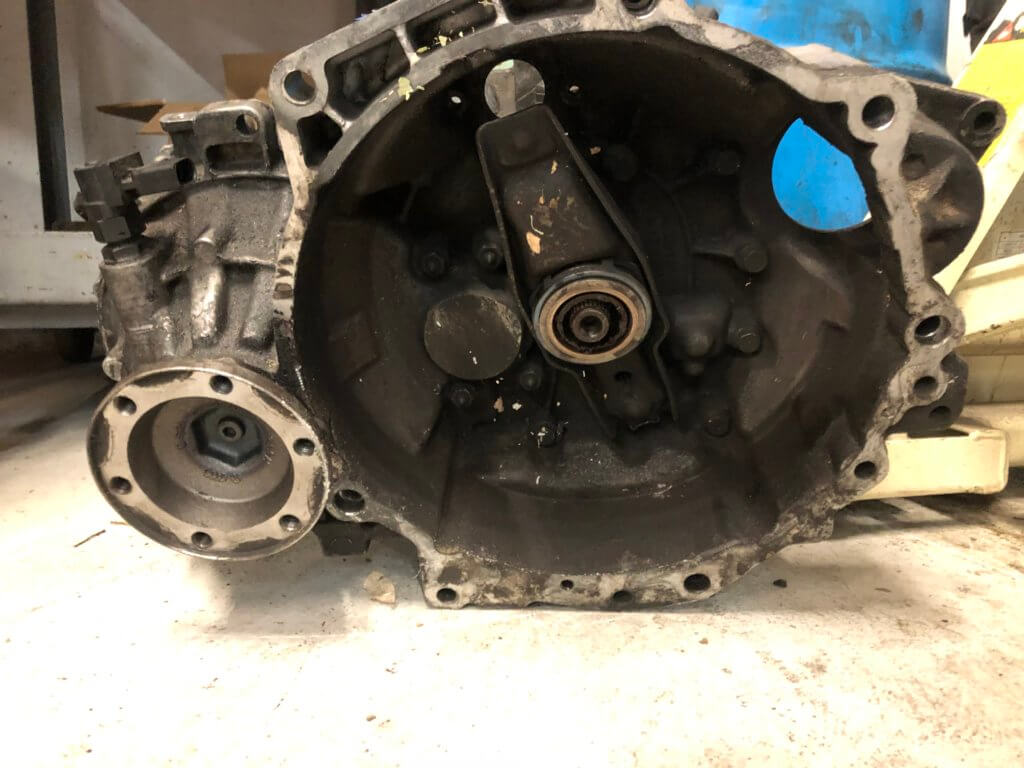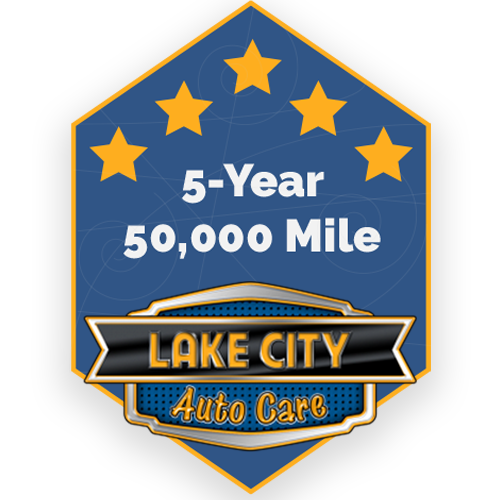Differential vs Transfer Case
What’s the difference, and how do they work together?
A vehicle’s drivetrain is made up of many different components working together to transfer power from the engine to the wheels. Differentials and transfer cases both direct the flow of power to different areas of the vehicles. Cars and trucks have one differential if they are 2-wheel drive, two if they are 4-wheel drive, and 3 if they are all-wheel drive. 4-wheel drive vehicles are equipped with transfer cases. Both of these components are in the drive train, but what is the difference?
What is a transfer case?
The transfer case is a mechanical component that receives power from a vehicle’s transmission. Transfer cases direct power via driveshafts to the differentials located in the front and back of a 4-wheel drive vehicle. Transfer cases have an interchangeable high and low gear range. Depending on the vehicle, transfer cases may incorporate a center differential.

Types of transfer cases
While all transfer cases accomplish the same goal, they come in different configurations. Some variants are better suited for heavy-duty or off-road use.
Chain driven transfer case
Chain-driven transfer cases utilize a chain within the case to transfer power to the front driveshaft. This type of transfer case is lighter weight and quieter. Light-duty trucks, jeeps, and SUVs use chain-driven transfer cases.
Gear-driven transfer case
Instead of using a chain to initiate a 4-wheel drive, gear-driven transfer cases utilize a set of gears to transfer power between the front and the rear. Gear-driven transfer cases come standard on larger trucks and are often used in place of a chain-driven transfer case on trucks, Jeeps, and SUVs being used for off-roading. Gear-driven differentials are heavier and noisier, but stronger than those driven by chains.
Married
A married transfer case bolts directly to the vehicle’s transmission.
Divorced
A short driveshaft connects a divorced transfer case to the transmission.
What is a differential?
A differential is a case of gears that sits between the axles in the front or rear of a vehicle. Differentials divide the power from the engine between the axles, allowing each wheel to be driven. Full-time 4-wheel drive and all-wheel drive vehicles have a third, center differential, allowing the front and rear driveshafts to rotate at different speeds. Differentials allow the wheels to turn at different speeds, which is critical for safety and vehicle longevity.

Ackerman Steering Geometry
Ackerman Steering Geometry uses steering linkages to keep all four wheels rotating around a single point. By rotating around a single point, the wheels of your car do not have to slide or skid while turning. While Ackerman steering solves this problem, the wheels must rotate at different speeds while turning.
Differentials allow the wheels to turn at different speeds while turning
When you are driving straight down the road, the wheels on your car are rotating, for the most part, at the same speed. However, when going around a corner or turning on to a different street, all four wheels rotate at different speeds. Without a differential allowing for different wheel speeds, turning can cause rapid and uneven wear on tires, poor handling, drivetrain binding, and potentially damage the drivetrain. A differential sends power to both wheels while allowing them to rotate at their own speed.
How do differentials and transfer cases work together?
All-wheel drive only uses differentials to move power through the drive train to the wheels. However, on part-time and full-time four-wheel-drive vehicles, transfer cases and differentials work together to increase off-road capabilities and drivability.
Part-time 4-wheel drive
A transfer case is utilized by part-time 4-wheel drive vehicles to switch between driving two wheels (normally the rear) and all four. Part-time 4-wheel drive vehicles can be switched between 2- and 4-wheel drive by the driver manually with a lever, or electronically via a switch. A part-time 4-wheel drive system incorporates a low gear range that can be used at slow speeds in off-roading conditions.
Part-time four-wheel drive does not use a center differential, meaning when the vehicle is in 4-wheel drive, all four wheels are rotating at the same speed. Part-time 4-wheel drive vehicles should not be driven at high speeds or on grippy surfaces light pavement when the transfer case is in 4-wheel drive mode.
Full-time 4-wheel drive
A vehicle equipped with a full-time 4-wheel drive does not run into the same issues as those with a part-time 4-wheel drive. In addition to a transfer case, full-time 4-wheel drive uses a third center differential in addition to ones in the front and rear. The center differential allows the front and rear driveshafts to rotate independently. The inclusion of this center differential allows vehicles with full-time 4-wheel drive to drive issue-free on the highway and at high speeds.
All-wheel drive
All-wheel-drive systems use three differentials and no transfer case. Vehicles with all when drive lacks the high and low range equipped on 4-wheel drive vehicles with a transfer case.
Get your differential and transfer case serviced
Differentials and transfer cases need regular servicing to function properly. The lubricating fluid inside needs to be becomes less effective. Schedule an appointment at Lake City Auto Care today and have our experienced technicians handle your differential and transfer case service!
North Idaho's Best Warranty
We stand behind our work 100%. That's why we offer a five-year, 50,000-mile warranty on all services and repairs. You can rest assured that when you bring your vehicle to us, we've got you covered no matter what happens down the road.
Appointments (208)-856-8336
